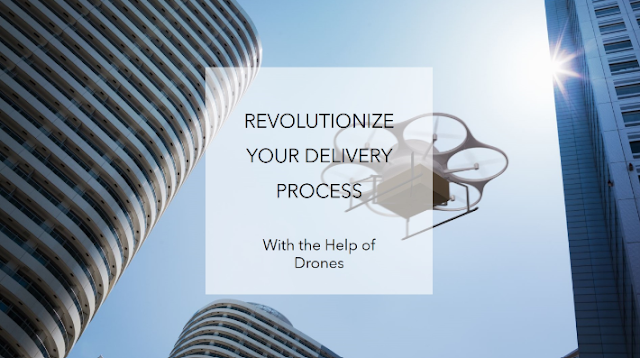In the Oil and Gas Industry, Plug and Abandonment (P&A) refers to the process of permanently closing a well that is no longer economically productive or the process of closing a well for safety reasons. P&A is the most important practice in the Oil and Gas Industry to ensure environmental protection and safety. Along with industry efforts to reduce environmental impacts, P&A has become the most important process that must be carried out in the Oil and Gas Industry.
The following is an explanation of P&A:
- Reason: There are 2 main reasons why P&A is done. First, to isolate the wellbore and prevent hydrocarbons or fluids from migrating upwards and contaminating freshwater sources or other formations. Second, to ensure that the well is safe and does not pose dangers or threats to safety.
- Regulation: Successful P&A Operations do not depend solely on technical efficacy, but are also impacted by local legislative requirements and industry standards. Regulatory Agencies require operators to submit a detailed P&A Plan for approval before undertaking P&A.
- Process: P&A involves placing plugs made of cement or other materials strategically placed along the wellbore. This process isolates the various zones and permanently seals the well.
- Operation: The success of a P&A Operation relies on the placement, management, and verification of several permanent barriers. The other success of a P&A Operation relies also on communication between teams. The P&A Operation is managed and executed by a multidisciplinary team consisting of Asset Managers, Well Engineers, Completion Engineers, Logistics Technicians, and other functions. Managing communications between these disciplines and recognizing the human elements of the decision-making process will ensure that this important part of the process is executed effectively.
- Historical Context: P&A has not always been a top priority, but as the environmental and safety risks of improperly abandoned wells have become clearer, regulations have been put in place to ensure proper shut-in procedures are followed.
- Challenges: P&A can be a complicated and expensive process, especially for older wells drilled before stricter regulations were implemented. There may also be difficulties in managing the large number of wells that will eventually need to be subjected to P&A, especially in mature oil and gas fields.
***
Hello! I am Astrid Amalia, a founder of GWB (GlobalWide Business) at https://globalwidebusiness.blogspot.com.
I write about many things, including #Fire, #Safety, #Survival, #Training, #Course, #Oil, #Gas, #Emergency, #Offshore, #Onshore, #Rescue, #Security, #Digital, #Online, #Education, #Leadership, #Collaboration, #Innovation, #Excellence, #Technology, #Health, #Yoga, #Social, #Life, #Mental, #Business, #DJI, #Drone, #AI, #Robot, and more.
Do you have any questions or do you want to have a good discussion? Find out more about me in Linktree: astrid.amalia
Note: Image by Microsoft Designer.





